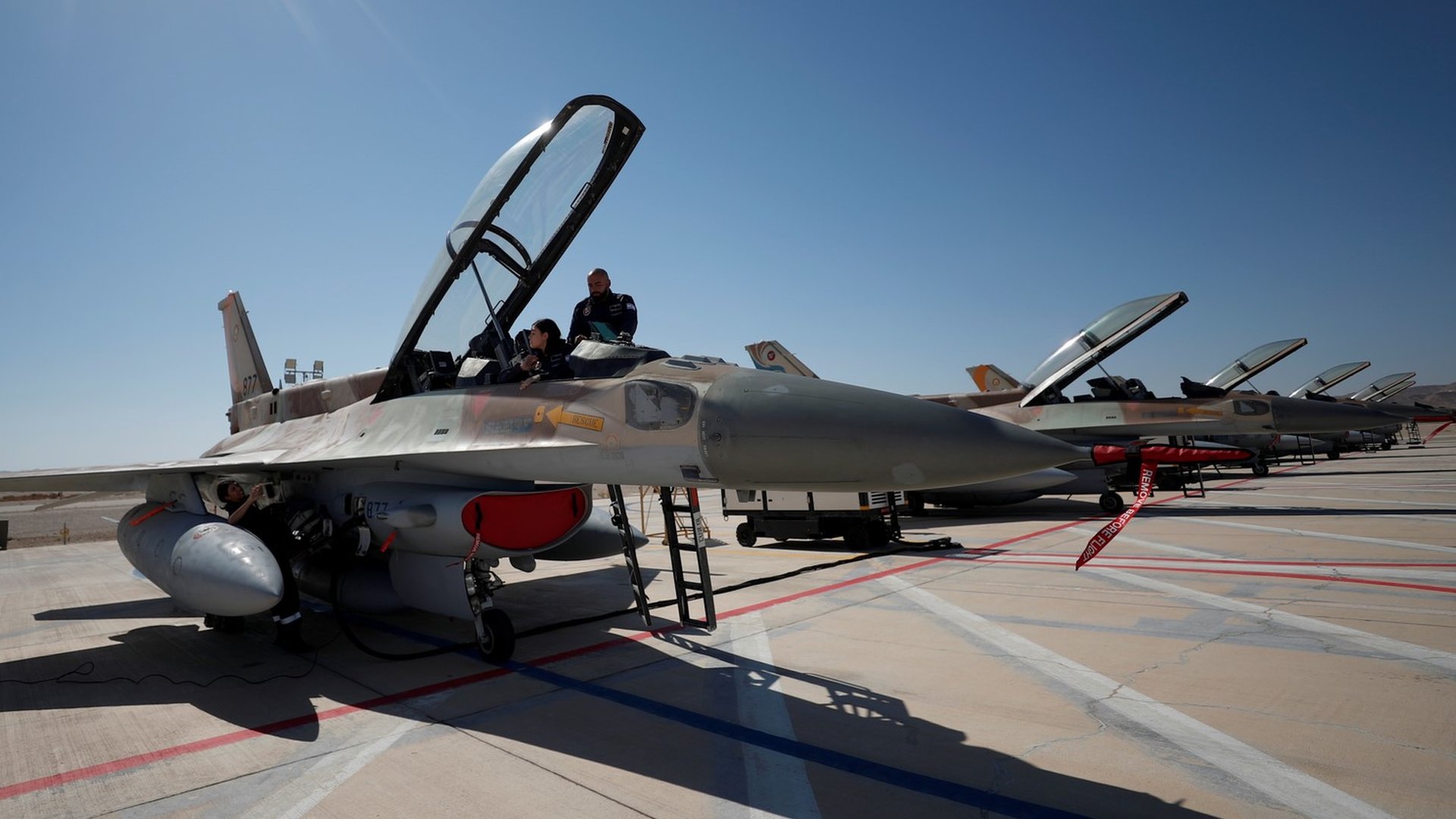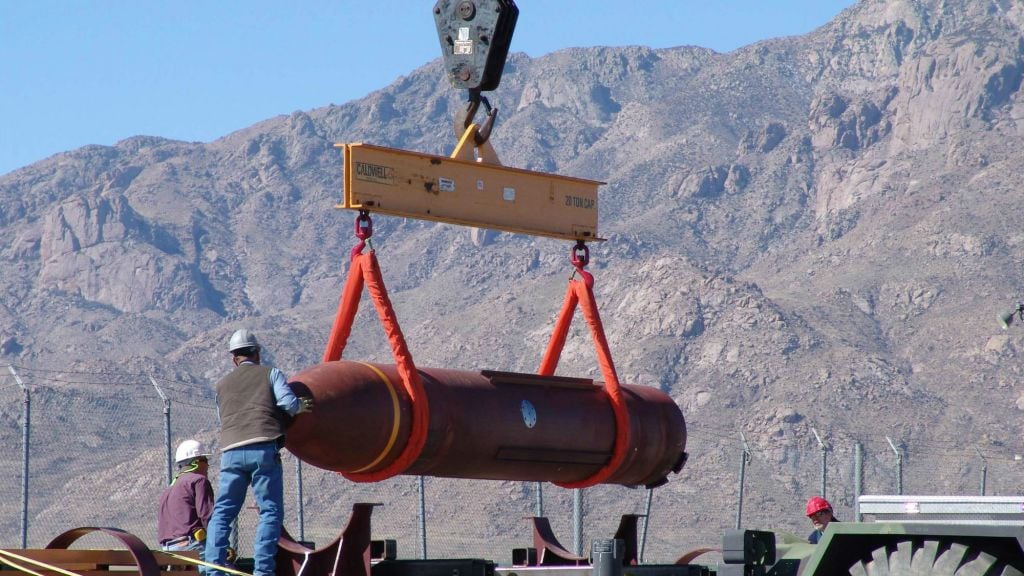Israeli Prime Minister Benjamin Netanyahu has his target list. He has the aircraft. He even has a plan. What he doesn’t have, and desperately wants is the one bomb that can finish the job: the U.S.-made GBU-57 Massive Ordnance Penetrator.
Netanyahu isn’t asking for American boots in the air or a joint strike task force. What he wants is access to America’s heaviest, most powerful bunker-busting weapon that is a 30,000-pound behemoth designed to punch through concrete, steel, and stone like a jackhammer through drywall.
But there’s a catch: Only former President Donald Trump can authorize its delivery.
Iran’s Underground Fortresses Demand Serious Firepower

Iran’s nuclear program doesn’t live in plain sight. Its most sensitive operations are buried deep, hundreds of feet beneath the earth in hardened mountain bunkers like the Fordow Fuel Enrichment Plant near Qom, the Natanz facility, and the newly discovered site tunneled beneath Mount Kolang Gaz La.
These aren’t targets that yield to standard bombs or precision-guided munitions. They demand something more, something that strikes with surgical precision and apocalyptic force. The GBU-57 is that something. And Israel doesn’t currently have it.
Israel Doesn’t Need U.S. Pilots — Just Permission
Despite Israel’s public claim that it lacks an aircraft capable of carrying such a massive payload, military insiders suggest otherwise. Israeli forces reportedly maintain effective air superiority over parts of Iran, including near Tehran. And with Iran’s air defenses heavily compromised, Israel might not need a sleek stealth bomber. What it really needs is a flying dump truck.
Which opens up a world of possibilities.
C-130s, Cargo Jets — Even Commercial Planes?

The United States previously used C-130 Hercules aircraft to drop 15,000-pound “Daisy Cutters” in conflicts from Vietnam to Iraq. Israel’s military could adapt the same approach to launch the MOP. A C-130, for example, could release the bomb via parachute from its rear bay.
But what if that doesn’t deliver the required velocity? Then Israel has another ace up its sleeve: retrofitting one of its own commercial aircraft.
El Al, Israel’s national airline, currently operates six Boeing 777-200ERs. With a fresh coat of paint and military conversion, think U.S. Air Force–style external pylons and ejector racks borrowed from the B-52H. These passenger jets could become makeshift heavy bombers, each capable of hauling and deploying two GBU-57s.
This isn’t fantasy. It’s physics and engineering and a dose of wartime creativity.
Navigation Tech Makes the Difference
Dropping the bomb is only part of the equation. Hitting the mark is where things get technical.
To make the MOP count, Israel would need to integrate its GPS and inertial navigation systems with the aircraft’s flight computer. Once released, the bomb uses onboard guidance to steer itself precisely to target coordinates.
Its fuse isn’t ordinary, either. It’s smart enough to detect what it’s cutting through, be it dirt, rock, empty space, or reinforced concrete and detonate at the ideal depth. A follow-up bomb in the same strike zone ensures no trace of the target remains.
Trump Holds the Trigger

Netanyahu’s war cabinet knows it’s possible. Israel has the brains and the delivery methods. It even has the motive and the moment. But it doesn’t have the greenlight.
Only one man, Donald Trump can sign off on transferring the GBU-57s to Israeli hands.
And the question isn’t whether Israel can get the job done. It’s whether Trump, known for opposing open-ended wars, will agree to hand over the most destructive non-nuclear bomb in America’s arsenal.
Will he see it as a decisive strike that avoids a wider war or the first domino in a new Middle Eastern conflict?
That decision may define the next phase of Israeli–Iranian tensions.



